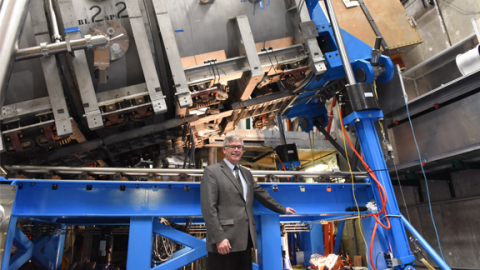
As the director of DIII-D, the largest magnetic fusion experiment in the U.S., Hill helps researchers investigate fusion for energy production.
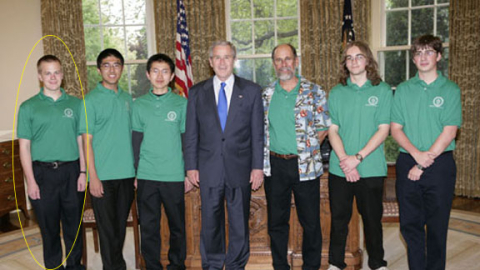
For the run-up to the 2019 National Science Bowl® Finals, April 25 to April 29, 2019, this is one in a series of profiles on previous NSB competitors.
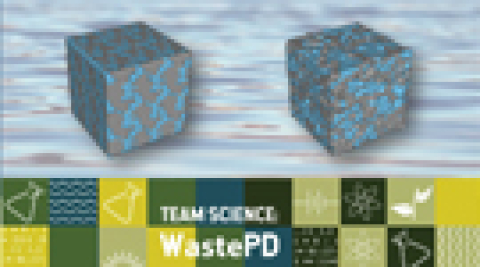
The diverse team at the WastePD Energy Frontier Research Center is learning the secrets of storage materials to contain Cold War leftovers.
Scientists have found a way to use “optical tweezers” by employing lasers, a mirror and a light modulator to anchor a crystal in solution.
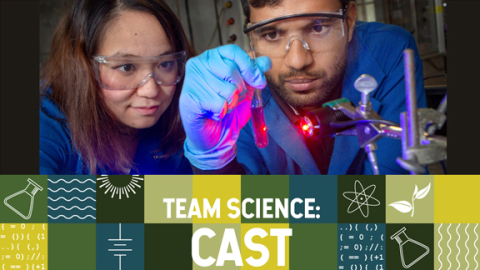
The team at the CAST Energy Frontier Research Center is illuminating ways to separate elements, including the troublemaker americium.
Berkeley Lab researchers take cues from nature to form living materials with unprecedented control and versatility.
Common beetle's gut microbiome benefits forests, holds promise for bioenergy.

Jim Mather is the director of DOE's Atmospheric Radiation Measurement user facility.

This article is part of a series that explores how scientific teams come together in the Department of Energy’s (DOE) Energy Frontier Research Centers (EFRCs) to solve intractable problems.
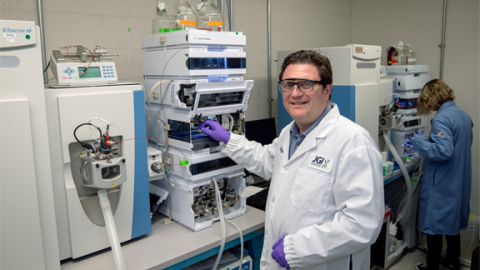
As the director of the Joint Genome Institute, Mouncey and his facility make it possible for users to explore an array of genetic information.

